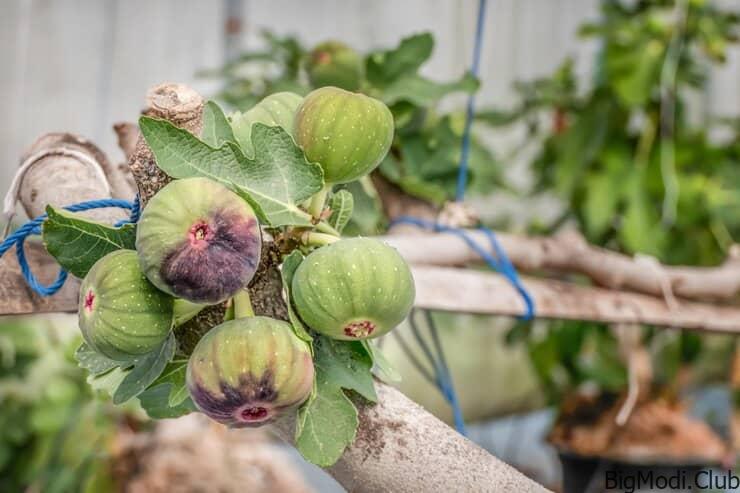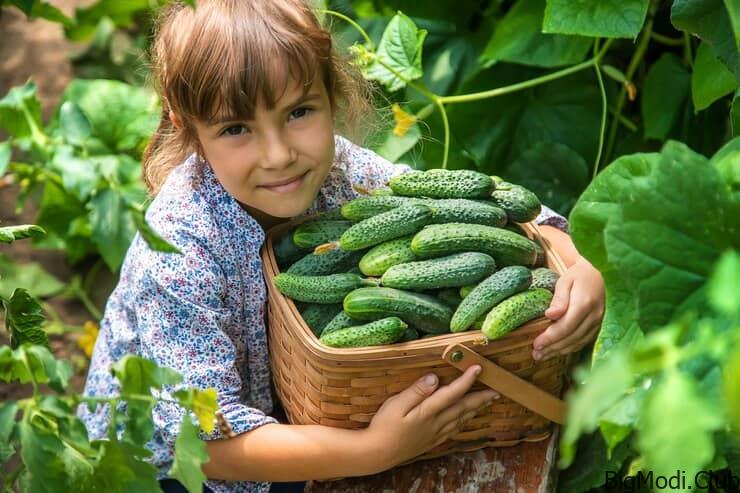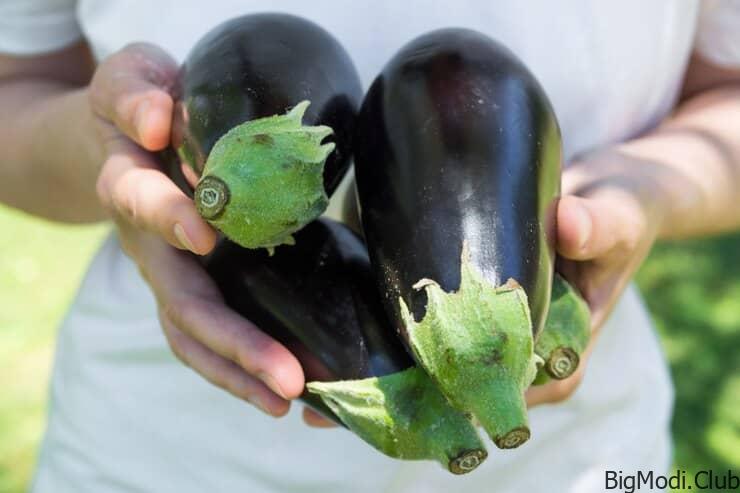Growing vegetables in plastic bags is an innovative approach that has garnered considerable attention from gardening enthusiasts and urban farmers. This method not only makes gardening accessible to those with limited space but also presents a cost-effective and sustainable option for producing fresh, homegrown vegetables. In this comprehensive guide, we will delve into the benefits, step-by-step process, and unexpected results of growing vegetables in plastic bags.
The Benefits of Growing Vegetables in Plastic Bags
1. Space Efficiency
One of the most significant advantages of growing vegetables in plastic bags is the ability to maximize limited space. This method is ideal for urban environments where garden space is often scarce. Plastic bags can be placed on balconies, patios, rooftops, or even hung vertically to create a vertical garden.
2. Cost-Effective Gardening
Plastic bags are an inexpensive alternative to traditional pots or raised beds. Many households have plastic bags readily available, making this method a budget-friendly option for novice and experienced gardeners alike.
3. Mobility and Flexibility
Gardening in plastic bags offers unparalleled mobility. You can easily move the bags to different locations to optimize sunlight exposure or protect the plants from adverse weather conditions. This flexibility ensures that your vegetables receive the best possible growing environment.
4. Soil Management and Pest Control
Growing vegetables in plastic bags allows for precise control over the soil composition, which can be tailored to the specific needs of each plant. Additionally, this method can reduce the risk of soil-borne diseases and pests, as the contained environment limits exposure to harmful pathogens.
Choosing the Right Vegetables for Plastic Bag Gardening
Not all vegetables thrive equally well in plastic bags. It’s essential to select plants that are well-suited for container gardening. Here are some excellent choices:
1. Tomatoes
Tomatoes are a popular choice for plastic bag gardening. They require ample sunlight and regular watering but thrive in controlled environments.
2. Peppers
Both sweet and hot peppers can flourish in plastic bags. They enjoy warm temperatures and well-drained soil.
3. Lettuce and Spinach
Leafy greens like lettuce and spinach are perfect for this gardening method. They have shallow root systems and grow quickly, providing a fast and continuous harvest.
4. Herbs
Herbs such as basil, parsley, and cilantro are well-suited for plastic bag gardening. They require minimal space and can be harvested regularly.
Step-by-Step Guide to Growing Vegetables in Plastic Bags
1. Selecting the Right Bags
Choose sturdy plastic bags that can hold soil without tearing. Reusable grocery bags, large compost bags, or even heavy-duty trash bags can be used. Ensure the bags are clean and free from any harmful residues.
2. Preparing the Bags
Puncture several drainage holes at the bottom of each bag to prevent waterlogging. Proper drainage is crucial to avoid root rot and other water-related issues.
3. Filling the Bags with Soil
Fill the bags with a high-quality potting mix. A good mix typically contains a blend of compost, peat moss, and perlite or vermiculite. This combination ensures good drainage while retaining essential nutrients and moisture.
4. Planting the Seeds or Seedlings
Plant your chosen seeds or seedlings in the prepared bags. Follow the specific planting instructions for each vegetable, ensuring the seeds are planted at the correct depth and spacing.
5. Watering and Maintenance



